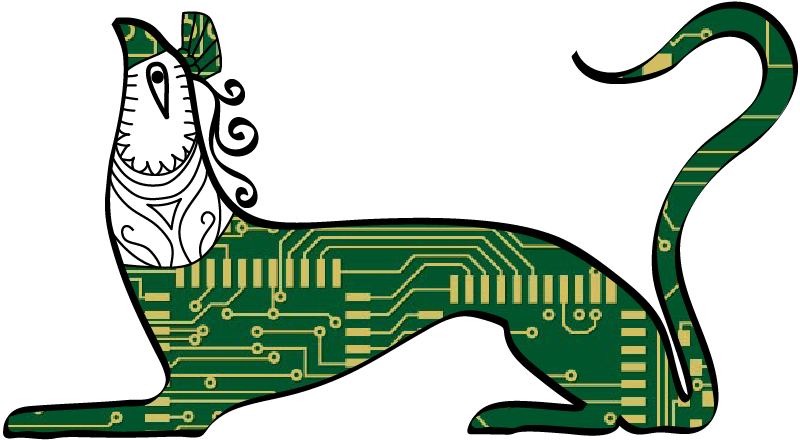2024 Samartzidis Fest
On 16–19 May 2024 the 2024 Samartzidis Fest: Keeping the Past Ever Present. Visual Art, Script, Poems, Songs, Human Feelings was held by the Program in Aegean Scripts and Prehistory and the University of Texas at Austin, Classics Department. Further information is available at https://sites.utexas.edu/scripts/2024/05/02/2024-samartzidis-fest-keeping-the-past-ever-present-visual-art-script-poems-songs-human-feelings/. The schedule was:
N. Samartzidis: Guided Tour and Intro to the Work
M. Telò, “Dylanologies of Extinction”
E. Sanders (via Zoom)
J. Goodkin, “The Blues of Achilles”
T. Palaima, “Linear B & Recitation”
J. Balmer (via Zoom), “An Ache of Absence: Excavating Contemporary Poetry From Ancient Texts”
L. A. Flores and S. Roberts, “Intro to the Archive”
C. Etherington, “Agents of Honor: Bella Injusta from Agamemnon to Bush”
A. Potts, “The Forgotten Goddess: Mistress of the Labyrinth”
C. Smith, “Linear Bob Dylan: Dylan Meets the Bronze Age in the Work of Nikos Samartzidis”
J. Prado, “The Threshold Moment: A Liminal Paradox at Alcinous’ Golden Doors”
A. Bronzo, “Reimagining the Art and Poetry of Mycenaean Scribes Through the Work of Nikos Samartzidis”
GIS in Crete
On 30-31 May 2024 an international conference entitled GIS in Crete: Archaeological Questions and Computational Answers was held in Athens. Further information is available at https://www.ugent.be/lw/archeologie/en/news-events/events/gis-in-crete. Papers of interest to Nestor readers included:
F. Buscemi and M. Figuera, “Managing complexity in long-term excavations: The GIS of Phaistos”
J. Pouncett, K. Smith, and A. Shapland, “Legacy of the labyrinth: Re-mapping the palace of Minos using the Sir Arthur Evans archive”
E. Vereketi, E. Paliou, and Y. Papadatos, “Reassessing the organization and social structure of the Prepalatial settlement at Myrtos Fournou Korifi through GIS”
J. Rapakko, “GIS methods in the analysis of intra-site architectural remains of Neopalatial Crete”
A.-M. Xenaki, “Point process modelling: applications, challenges, and limitations of exploring human-landscape relations in Eastern Crete”
G. Mastropavlos, “GIS and economy in the vicinity of Minoan Crete: The case of Kasos”
E. Kolaiti and N. Mourtzas, “Implementing relative sea level change indicators and ancient coastlines of Crete into GIS: Methodological issues and prospects”
D. Pollard and T. Whitelaw, “Constructing the Cretan landscape: Exploring parameters and expectations of ancient terracing on Bronze Age and Iron Age Crete using GIS”
N. Bovoleti Ayash, “The Minoan central Asterousia as a case of DEM-aided study of network connectivity”
D. Laguna-Palma, “Modeling ancient pathways of Cretan landscapes: Building networks and social landscapes”
V. Antoniadis, “Travel times to the sanctuary of Syme Viannou: Rules of thumb, formulas and slope-dependent functions vs historical documentation”
J. Muñoz Sogas, “Iron Age land routes in Crete: A GIS-based approach”
D.-G. Aquini, “Tracing the threads of luxury: A GIS approach to gold and silver jewellery in Pre- and Protopalatial Crete”
A. Tsingarida and I. Bossolino, “A GIS for Cretan pottery in the Mediterranean: The Project ‘Crete in a connected Mediterranean (ca 900 - 480 BCE)’”

